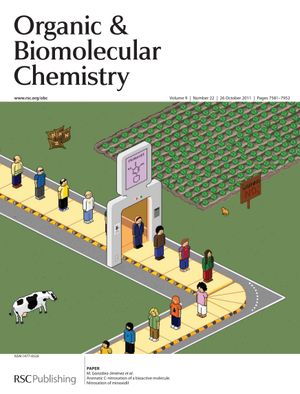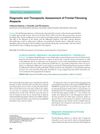Aromatic C-Nitrosation of a Bioactive Molecule: Nitrosation of Minoxidil
January 2011
in “
Organic and Biomolecular Chemistry
”

TLDR Minoxidil reacts to nitrosation 7 times more than phenol, mainly due to its -NH₂ groups, leading to the creation of N-nitrosominoxidil.
The study focused on the chemical process of nitrosation of minoxidil, a medication used for treating hypertension and alopecia. It was discovered that minoxidil is significantly more reactive to nitrosation than phenol, with a reactivity 7 times greater, primarily due to the activating influence of its -NH₂ groups. This reactivity leads to the predominant formation of N-nitrosominoxidil at the C-5 position in a pH range of 2.3-5.0. The reaction mechanism was identified as an electrophilic attack by H₂NO₂+/NO+ followed by a slow proton transfer. The study successfully synthesized N-nitrosominoxidil with a 92% yield and confirmed its structure through various analytical methods, including UV-visible spectrography, NMR spectroscopy, UFLC separations, and X-ray crystallography. The potential harmful effects of the nitrosated product were noted, but the study did not involve human subjects as it was a chemical analysis. The research received support from the Spanish Ministerio de Ciencia e Innovación and the European Regional Development Fund.







